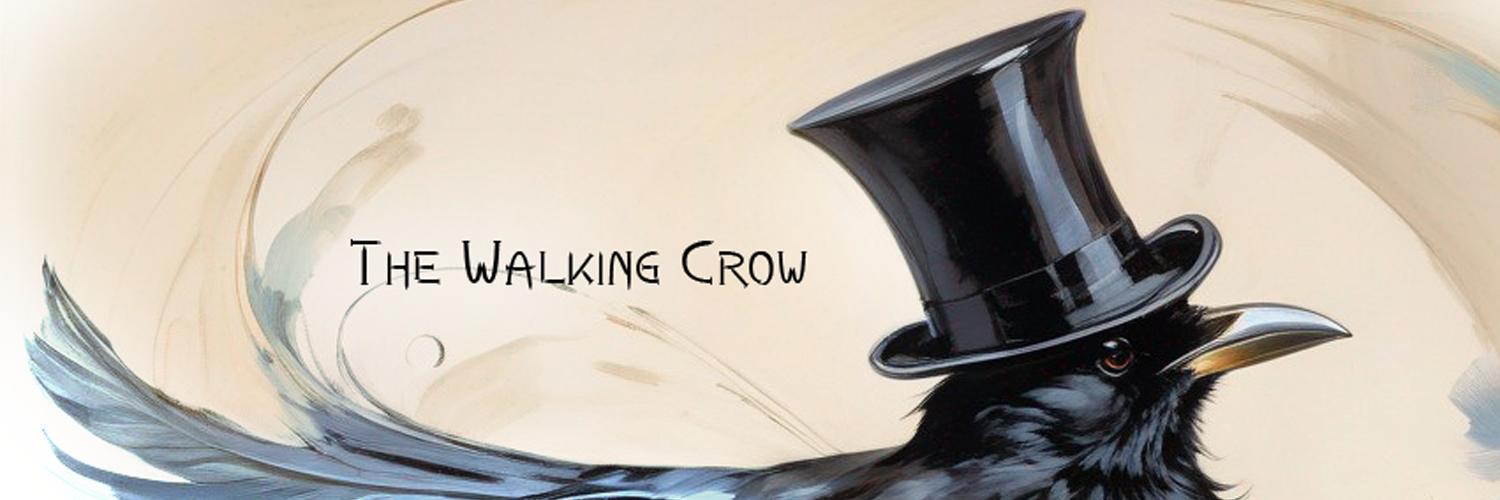This website uses affiliate links, which means we may earn a commission if you click on a link and make a purchase. This does not affect the price you pay.
The Walking Crow's Guide to Plants and Gardening
The Concrete Leaf Plant, also known as the Jewel Plant, is a mesmerizing succulent native to South Africa that captivates with its unique, stone-like appearance. Its fleshy, grey-green leaves are densely covered in rough, white tubercles, giving the plant a remarkable resemblance to concrete or limestone.
- Genus: Titanopsis
- Species: Titanopsis calcarea
- Growing Zone: Thrives in USDA Hardiness Zones 9-11. In colder climates, it can be grown as a houseplant or in a greenhouse.
- Origin: Endemic to the arid regions of South Africa and Namibia.
- Toxicity: Titanopsis calcarea is generally considered non-toxic to humans and pets.
- Health Benefits: While it doesn’t have direct health benefits, like many succulents, it can contribute to improved indoor air quality by absorbing carbon dioxide during photosynthesis.
- Soil: Requires well-draining soil, such as a cactus or succulent mix. Ensure adequate drainage to prevent root rot.
- Sunlight: Needs plenty of sunlight. Aim for at least 6 hours of direct sunlight per day. Insufficient light can lead to etiolation (stretching and weakening).
- Water: Extremely drought-tolerant. Water infrequently, allowing the soil to dry out completely between waterings. Overwatering is a common cause of death for this plant.
- Temperature: Tolerates a wide range of temperatures but prefers warm conditions. Protect from frost.
- Fertilizer: Light feeder. Fertilize once or twice during the growing season (spring and summer) with a diluted, balanced liquid fertilizer or a specialized succulent fertilizer.
- Pruning: Minimal pruning is required. Remove any dead or damaged leaves.
- Propagation: Can be propagated from seeds or offsets.
- The Concrete Leaf Plant is a slow-growing succulent that forms rosettes up to 3 inches (7.5 cm) in diameter.
- Its leaves are thick, fleshy, and club-shaped, with truncated tips covered in bumpy, white tubercles.
- It produces bright yellow, daisy-like flowers in fall and winter, adding a splash of color to its stony appearance.
- This plant is relatively pest and disease resistant but can be susceptible to mealybugs and root rot.
********
Search terms: Concrete Leaf Plant, Titanopsis calcarean, plants, hobbyist, collectible, tropical plant, cactus, succulent, genus, species, Jewel Plant, plant, potted plant, indoor plant, indoor garden, plant bomb, seed bomb, the walking crow, nursery, greenhouse, fertilizer, soil, plant care, plant health, home garden, toxicity, gardening, blooming, leaf, leaves, flower, flowering, water, growing zone, perennial, annual, planting, thewalkingcrow, Rotanist Botanist, sunlight

Thank you.
Latest Blog Posts
This website uses affiliate links,
which means we may earn a commission if you click on a link and make a purchase.
This does not affect the price you pay.











